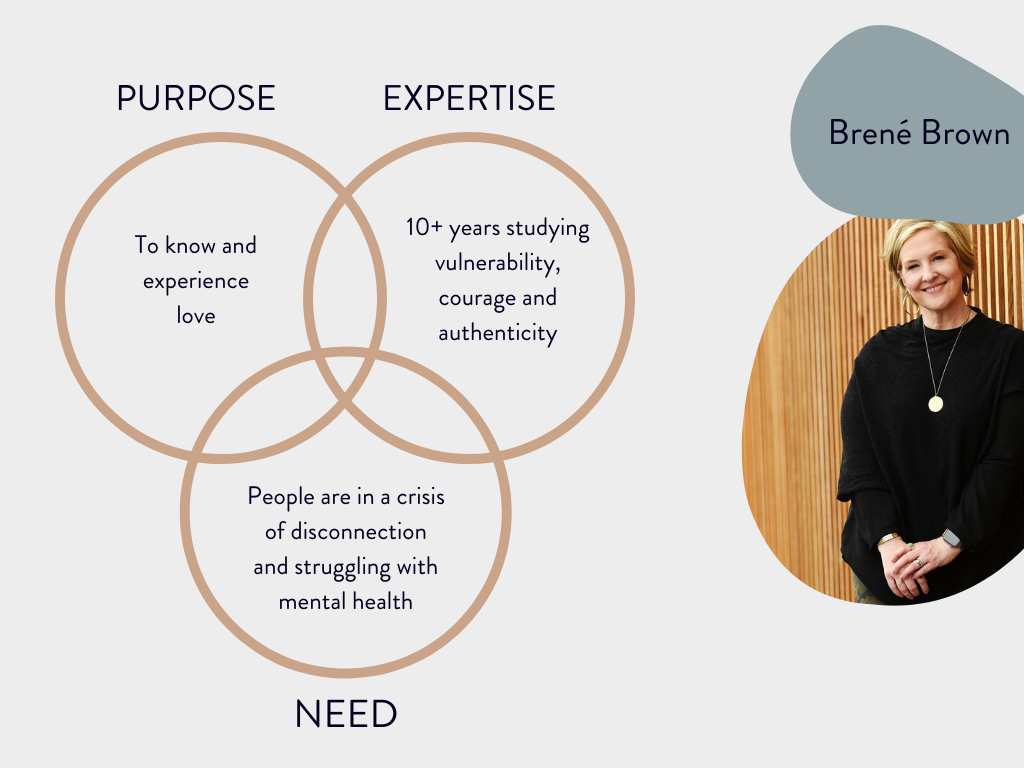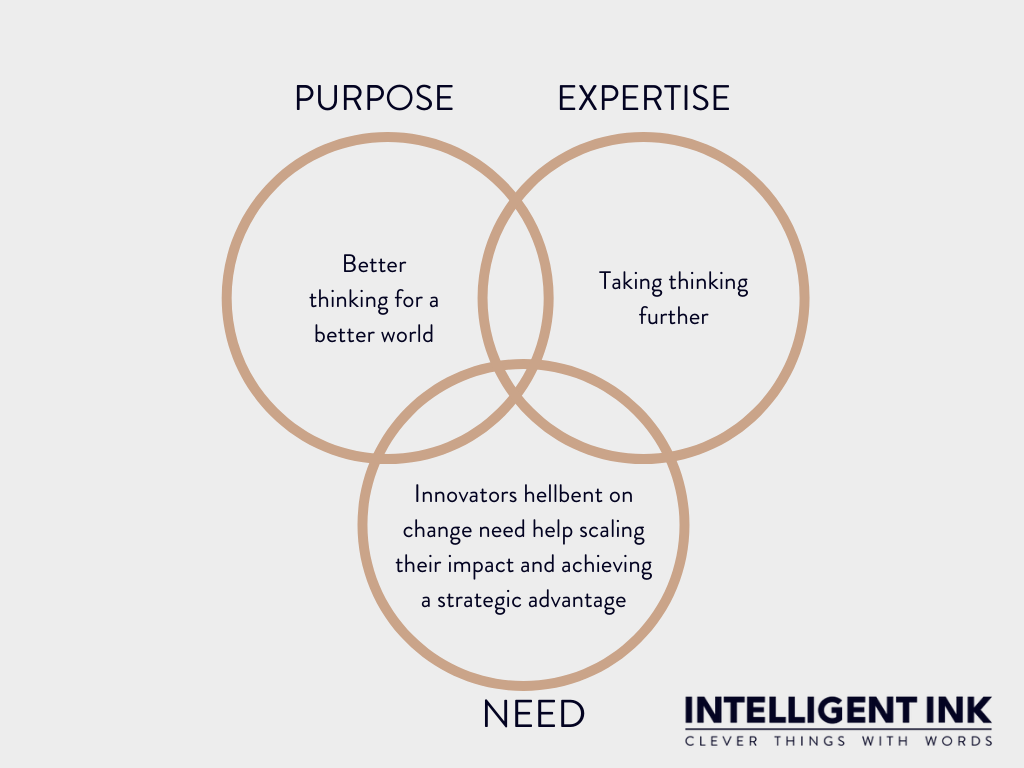Nailing your core argument
When we think about the books – or even movies – that we love, we appreciate the way that they tell a great story. We’re guided through a complex narrative and come away feeling uplifted or moved in some way, caught in the grip of compelling storytelling.
When we work with clients on their book writing journey, we always start with considering the narrative they need to weave. How would you like your reader to think and feel when they turn the last page? Is there something that you want your reader to do?
Writing a book is no easy feat. When you’re an expert, your mind is brimming with so many ideas it can be difficult to know where to begin. Nailing your core argument from the get-go is a crucial step to ensure you begin your book-writing journey with your best foot forward.
A lot of heavy lifting in a short sentence
Your core argument has a hefty job to do. As a thought leader, it synthesises your unique position and specialty research. It’s your unique selling point and the key message that adds value to your audience. If executed well, it hints to the reader exactly why you wrote your book, why the book is unique and why they should recommend it to others. It also sets you out a clear path as you move forward with your writing. It’s safe to say your core argument is a big deal.
To ease the pressure, here is a guide to start neatly carving out your core argument.
Finding your thesis statement
In academia, no great body of research would achieve an ‘A’ (or any grade for the matter) without a compelling thesis statement or hypothesis. Finding your core argument can be viewed similarly (but thankfully with fewer red pen marks and none of the anxiety that accompanies the academic world).
An academic thesis statement introduces an argument and the unique perspective the author intends to defend. It’s comprised of three main ingredients:
- Discusses a limited subject to narrow down the scope of research
- States a precise position or perspective on the given subject
- Contains a blueprint of reasoning that supports that stated position.
Crafting a core argument is parallel to this process. At Intelligent Ink, these are the three main ingredients we believe sum up a crisp core argument:
- Uniqueness: What sets your unique perspective apart from what everyone else is saying? Your core argument doesn’t need to reinvent the wheel, it can take existing ideas and extend them further through a different lens – but your core argument contains your unique barcode. It can’t be replicated by anyone else.
- A statement of value: What is your promise to readers if they engage with your book? It may not change your reader’s entire life, but your book intends to impact them for the better. Be sure to imbed the value of your idea within your core argument.
- Precise positioning: Your core argument should align itself within your unique thought leadership position.
Identifying your unique positioning
If you’ve been following us for a while you’ve likely come across the PEN model, which takes care of the latter part and sums up how we guide our clients toward their unique thought leadership position.
Check out this article for a step-by-step of how PEN works. The sweet spot can be found where your purpose or ‘Why’ behind your work intersects with your precise expertise and the needs of your audience.

Here’s a look at the PEN model in action:

Or our own example in action:

Drown out the noise
If one thing is clear; the more you familiarise yourself with what sets your unique perspective apart from all the other voices in the industry, the more concise your core argument becomes. It pays to keep this in mind when first putting pen to paper. Focusing on a clear core argument keeps you on track.
Wherever you are on your book writing journey, have a go at hammering down your core argument. Check-in at each step to make sure your material aligns with your core argument throughout; it should act as your ‘North star’ throughout the writing process. And, if you need some help uncovering yours, don’t hesitate to reach out.


